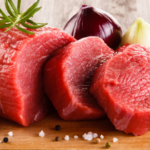In addition to the daily protein source from pork – the most popular type of meat, many families nowadays also favor using beef for their home-cooked meals. Beef is more expensive compared to pork or other poultry, but it’s worth the price. According to experts, beef is not only rich in protein but also contains high-quality protein. It is also a good source of other nutrients such as lipids, vitamins A, B6, PP, and B12, as well as minerals like iron, magnesium, and calcium.
The easiest way to cook beef is stir-frying. However, many people make a common mistake when stir-frying beef. Specifically, they wait for the oil to heat up and the pan to get really hot before adding the beef.
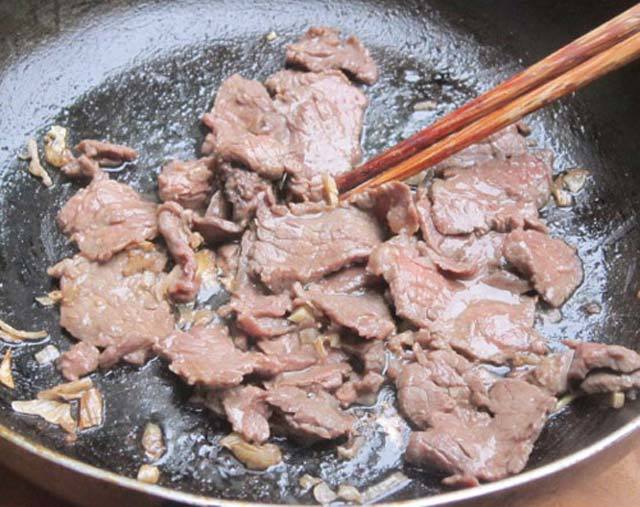
Waiting for the oil to boil and the pan to get hot before adding beef is actually a mistake (Illustrative image)
According to professional chefs, doing so can increase the likelihood of the beef sticking to the pan, burning, and becoming tough and chewy in the final dish. When beef comes into contact with hot oil, the sudden change in temperature will cause it to shrink. This is also the main reason why beef becomes tough, the chefs explain.
Instead, as soon as you place the pan on the stove, add the beef right away. Stir-fry on high heat and stir quickly. Pay close attention, and don’t overcook the beef, as it will lose its tenderness. Stop cooking and remove the beef from the pan as soon as it is done.
If you still want to ensure that the beef is tender and doesn’t stick to the pan, add a little oil during the marinating process.

As soon as you put the pan on the stove, pour the beef in, stir well and quickly to prevent it from becoming tough (Illustrative image)
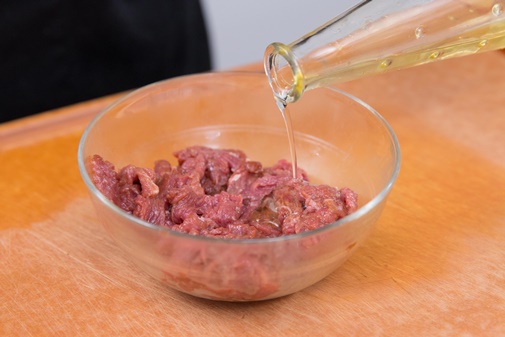
Adding a little oil during the marinating process also helps keep the beef tender and prevents it from becoming tough when stir-fried (Illustrative image)
Steps to Make Stir-Fried Beef Soft and Tender, Not Tough
To create a delicious dish of stir-fried beef that is soft and tender, not tough, it is important to pay attention not only to the cooking process but also to the initial steps of buying, preparing, and marinating the beef.
1. Choosing the Right Cut of Beef
For stir-frying, the best cuts of beef are filet, flank steak, or rump steak. If you’re not an experienced cook, it’s best to tell the butcher your intended use so they can recommend the most suitable cut.
Other indicators of good-quality beef include a moderate red color, not too dark. If there is fat on the meat, it should be light yellow and firm. You can press the meat with your finger, and if it bounces back without sticking and has no unpleasant odor, it is likely fresh and safe to consume.

Illustrative image
2. Beef Preparation
Fresh beef has a distinctive smell. Therefore, you can do a quick preliminary preparation before cutting to reduce this odor. Soak the beef in a mixture of water, salt, and ginger, then gently rinse it with clean water.
After soaking and rinsing the beef, use a paper towel to pat it dry, then proceed to cut it into thin slices of equal size. Cutting beef is a challenging task as its muscle fibers are small but long. If you don’t cut along these fibers, the beef will become tough. So, identify the lateral muscle fibers and use a sharp knife to cut the beef as thinly as desired.
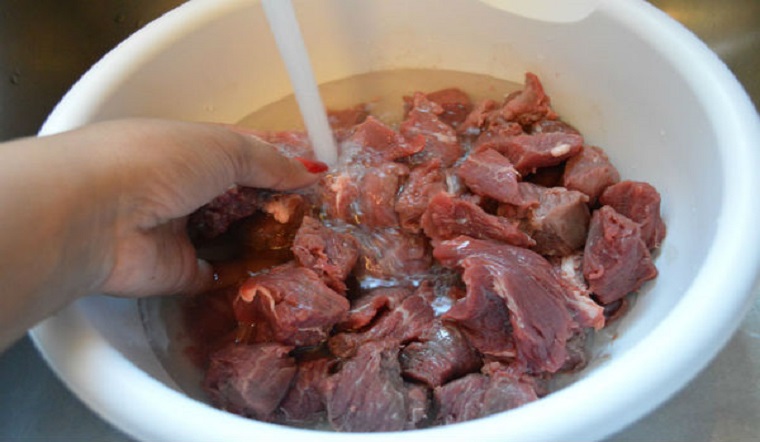
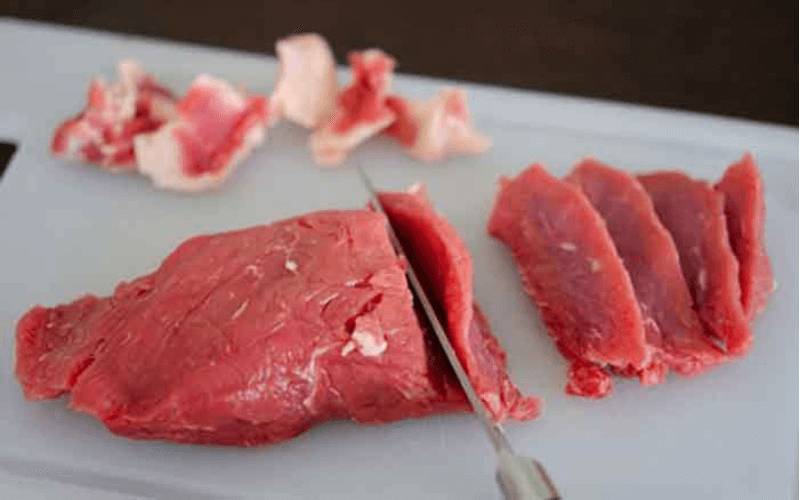
Illustrative image
3. Marinating the Beef
Once you reach the marinating step, you are already three-quarters of the way to a delicious stir-fried beef dish. Common ingredients used in this process include garlic, pepper, ginger, seasoning powder, and soy sauce. These ingredients not only enhance the flavor but also help eliminate any unpleasant odors.
After mixing the ingredients in the right proportions, combine them with the beef and marinate for about 30 minutes. When the time is up, you can proceed to stir-fry the beef as instructed earlier in this article.
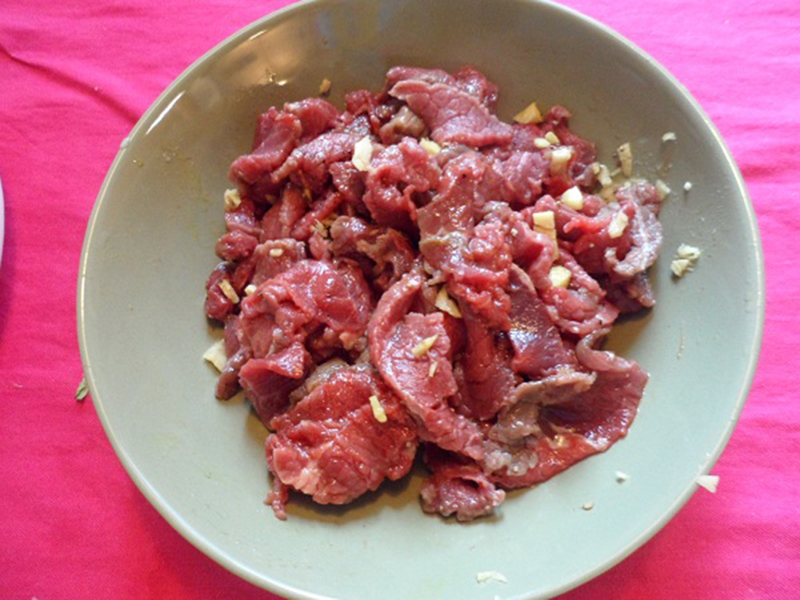
Illustrative image
If you are stir-frying beef with vegetables, it is recommended to cook them separately. First, stir-fry the vegetables until they are almost done, and then add the beef. This is because beef takes less time to cook than most vegetables.
According to “Đời sống pháp luật”
The Secret to a Perfect Fish Soup: Beyond Water and Onions, Uncover the Magic Ingredient to Transform Your Dish
With the following fish soup recipe, you’ll be able to create a delicious and hearty dish that eliminates any unpleasant fishy odor. This recipe is a surefire way to enjoy a flavorful and appetizing meal, with tender fish meat that melts in your mouth. It’s a perfect balance of taste and texture, making it a delightful culinary experience.




























